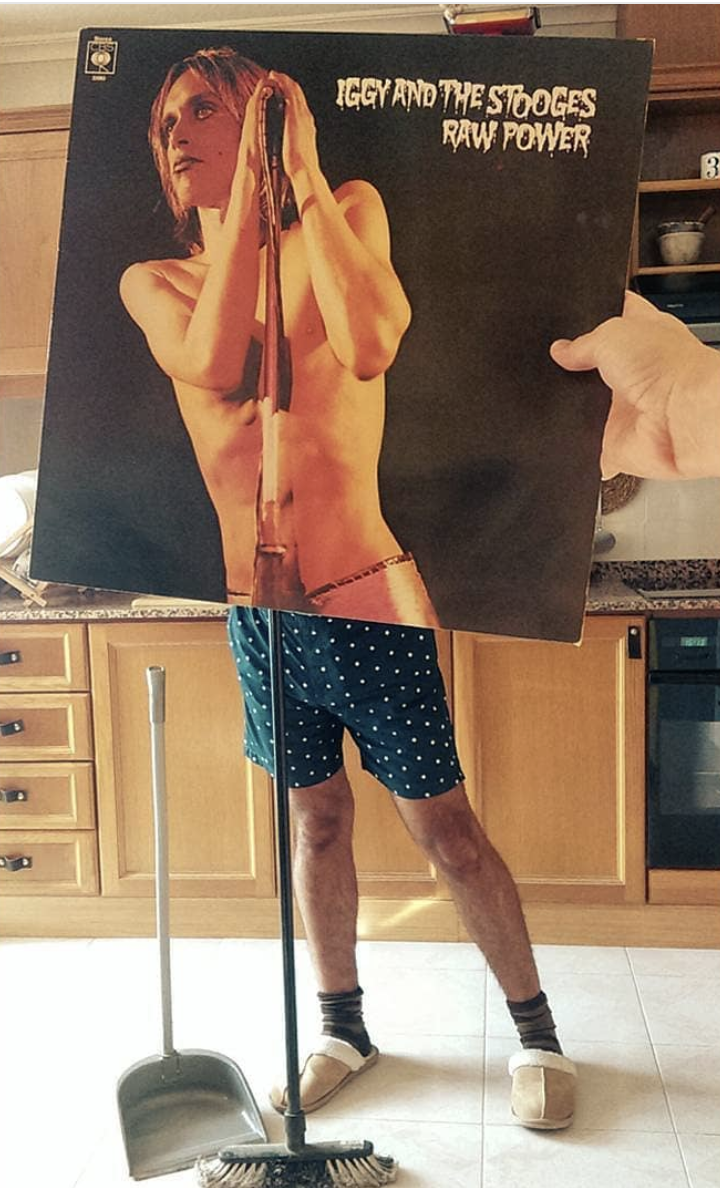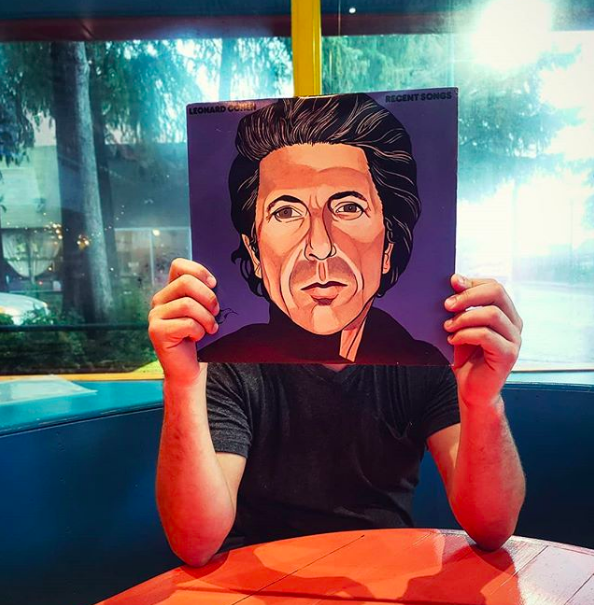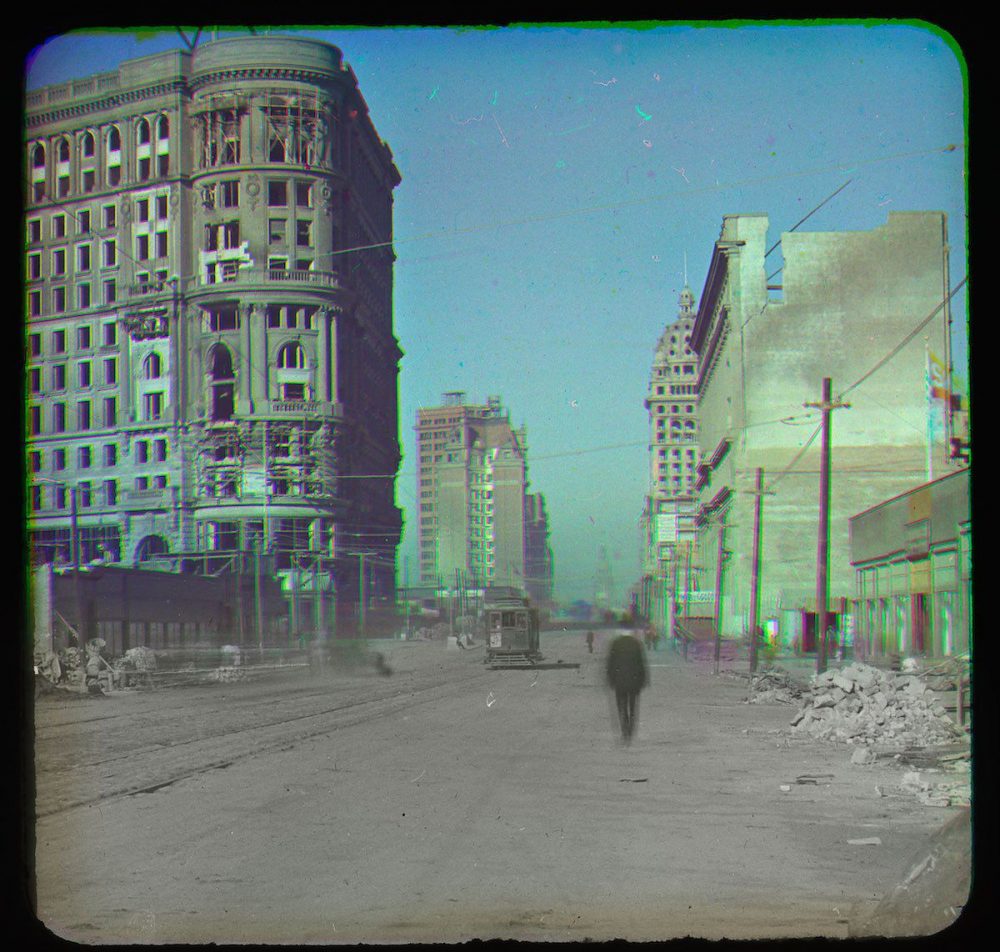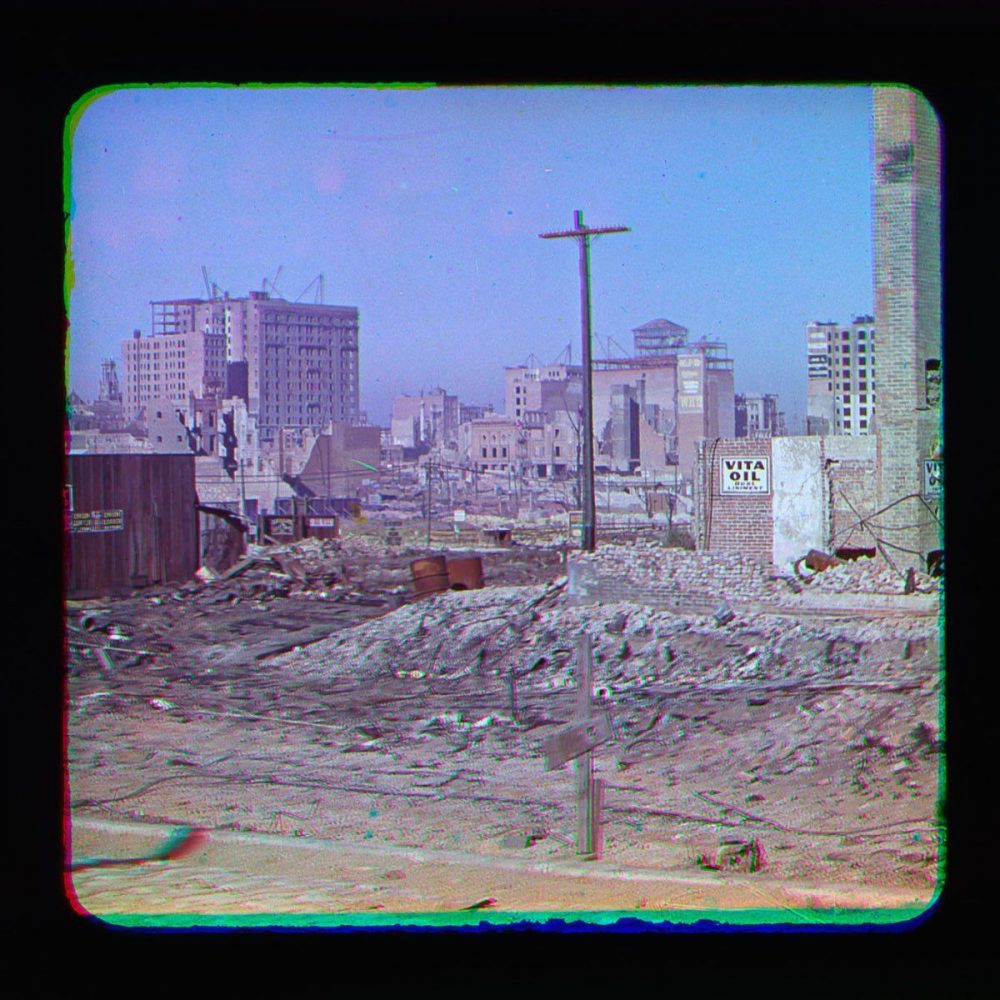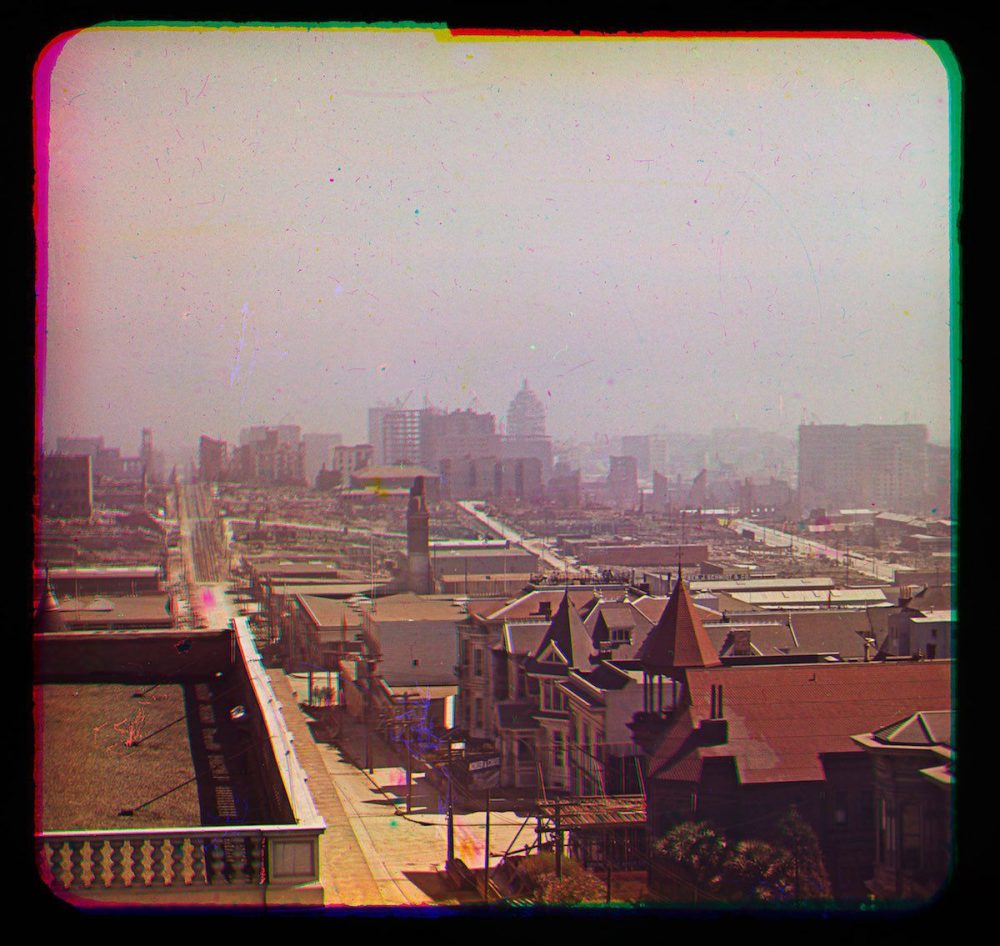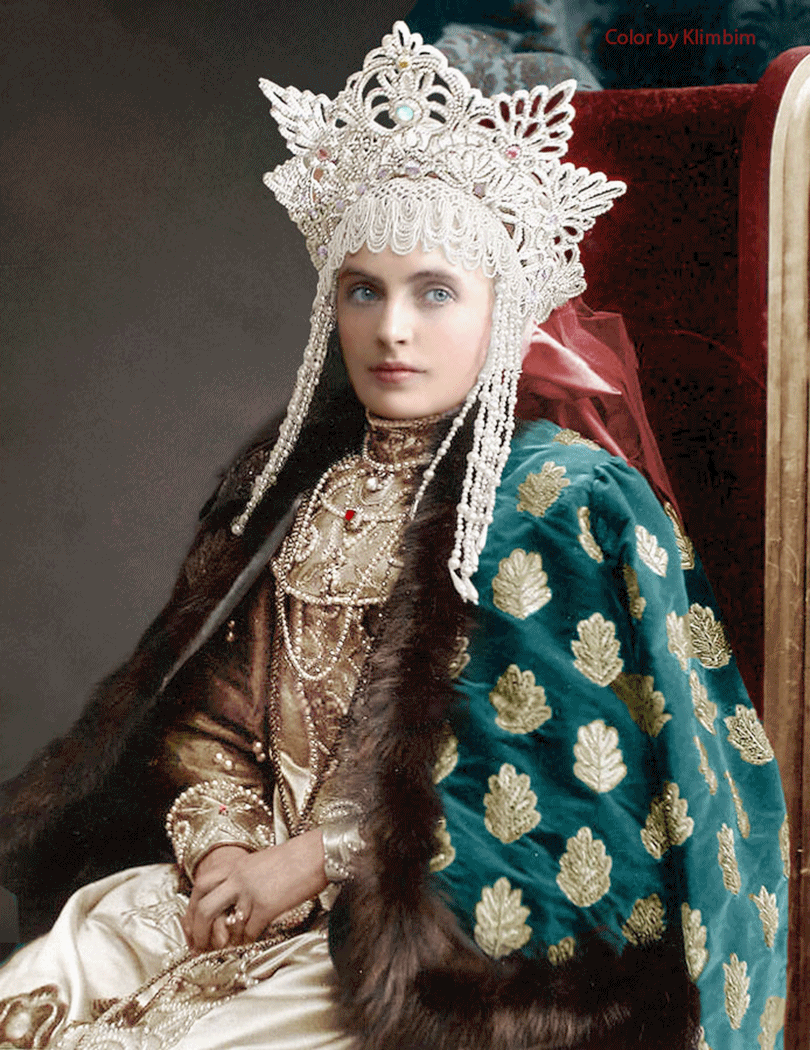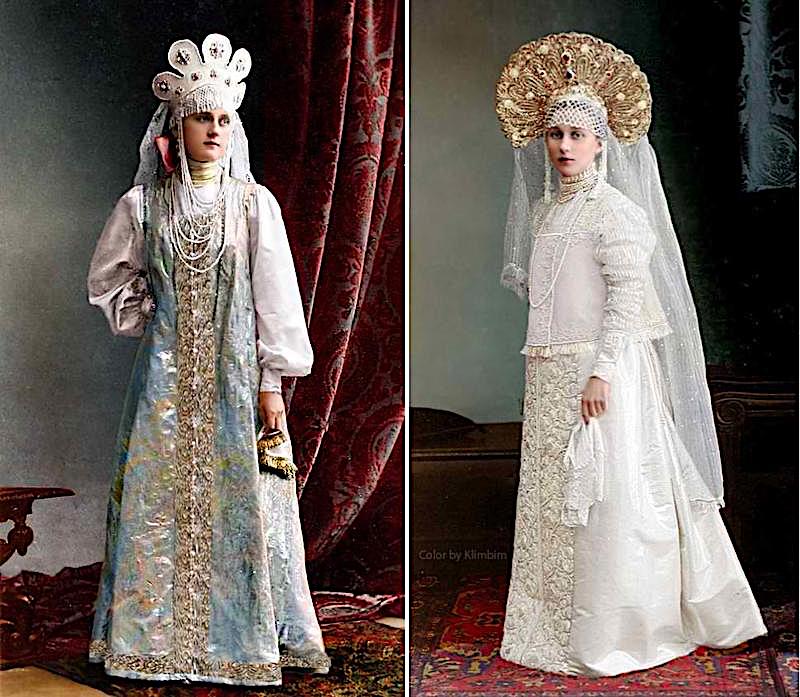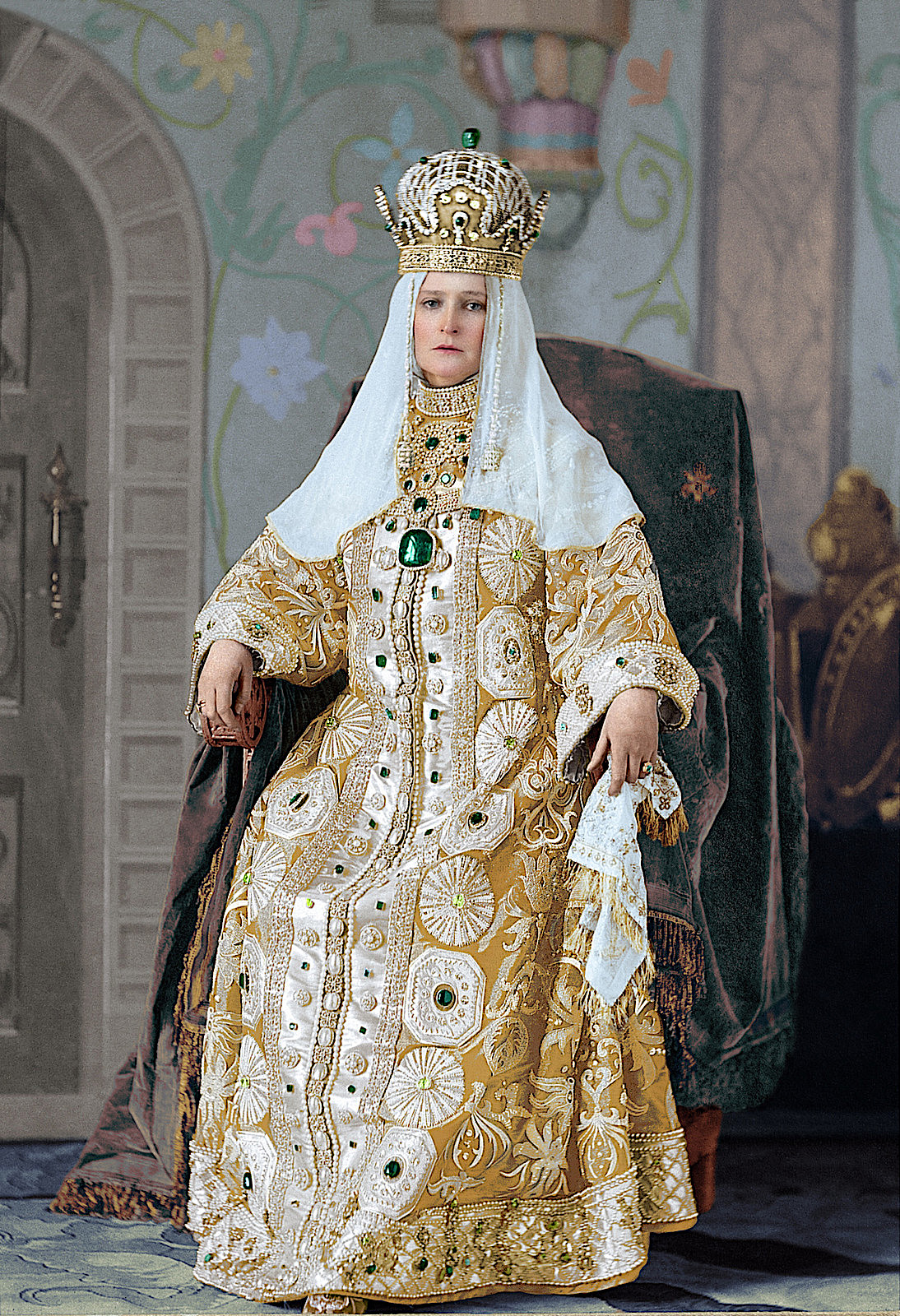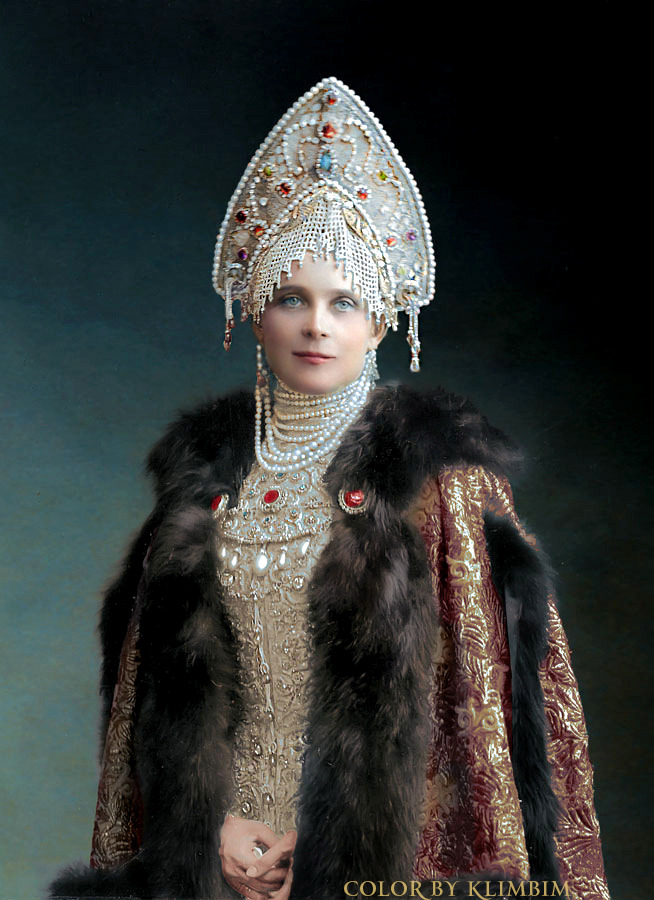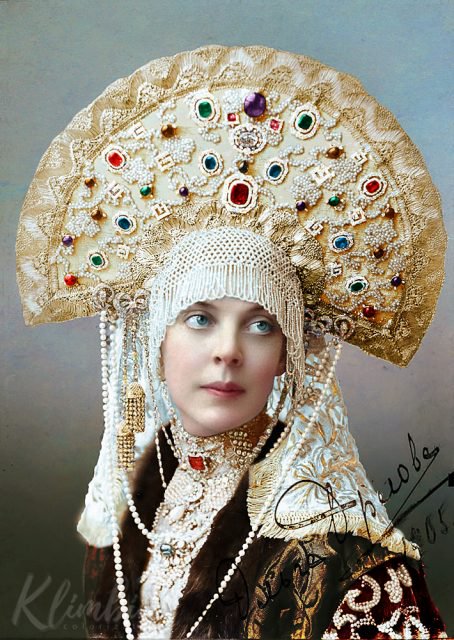There are apps to track the number of daily minutes you habitually fritter away on social media, but can your smartphone help you get a handle on the automotive color preferences of midday San Diego drivers?
Or the number of planes landing at San Diego International Airport on the day after Thanksgiving?
Or, for that matter, the traffic patterns of non-professional surfers hoping to catch a wave at at Point Loma?
No, but filmmaker Cy Kuckenbaker can.
His “time collapse” videos stemmed from a desire to get to know the city in which he lives with the same vigor he brought to bear as a Peace Corps volunteer in his 20s, exploring Iraq, Africa, and Eastern Europe.
This impulse might lead others to join a club, take a class, or check out restaurants in an unfamiliar neighborhood.
For Kuckenbaker, it means setting up his camera for a fixed shot, uncertain if his experiment will even work, then spending hours and hours in the editing room, removing the time between events without altering the speed of his subjects.
It’s a form that requires a lot of patience on the part of its creator.
He estimates that he spent 2 hours editing for every second of Midday Traffic Time Collapsed and Reorganized by Color: San Diego Study #3, above, providing him ample time to listen to the following audiobooks (get your free Audible trial here):
Revolution 1989 by Victor Sebestyen
How Music Works by David Byrne
Two Years Before the Mast by Richard Henry Dana
Super Sad True Love Story by Gary Shteyngart
1493 by Charles Mann
1491 by Charles Mann
With the Old Breed by E. Sledge
The Emperor of Maladies by Siddhartha Mukherjee
The Unbearable Lightness of Being by Milan Kundera
Each car was keyed out of the original shot, then ranked and reinserted based on color. 28 of the raw footage’s 462 didn’t make the cut due to erratic shape or movement. See if you can spot them in the extremely ordinary-looking original footage, below. Extra credit for spotting the empty Gatorade bottle that made it into every frame of the compression:
His studies may not reveal much about his home city to the average tourist, but Kuckenbaker himself is able to interpret the numbers in ways that go beyond mere quantity and averages, such as San Diegans’ apparent vehicular color preference:
Nationally, red is a more popular color than blue. But not San Diego. San Diego, there’s more blue than red, so it’s like, you know, an outlier. And I thought about that for a while and it’s like, personally, the way I understand the city, that makes sense to me. The sort of tone of the city, the attitude of the city—it’s an ocean city. I can see why people would think, “Well, I live in San Diego. Why would I have a red… I want a blue car!”
His Point Loma compression boiled an hour’s surfing down to 2 minutes and 15 seconds that KPBS’ David Wagner heralded as “a surfer’s wildest dream come true, a fantasy break where perfect waves roll in one after another like clockwork, no lulls in between.”
The raw footage and Kuckenbaker’s documentation of the After Effects technique used to composite the waves speaks to a slightly more tedious reality. No word on what audio books got him through this one, though he goes into the technical specs and quotes Joseph Conrad on his blog.
The compression of the nearly 70 arriving Black Friday flights that kicked off Kuckenbaker’s San Diego-based time collapses in 2012 feels a bit martial, especially if Ride of the Valkyries just happens to be playing in the background. It makes me worry for San Diego, and also wish for a Kuckenbaker to come collapse time in my town.
See more of Cy Kuckenbaker’s Time Collapse videos here.
Related Content:
53 Years of Nuclear Testing in 14 Minutes: A Time Lapse Film by Japanese Artist Isao Hashimoto
The Milky Way in Time-Lapse Video
Ayun Halliday is an author, illustrator, theater maker and Chief Primatologist of the East Village Inkyzine. Join her in NYC on Monday, September 9 for another season of her book-based variety show, Necromancers of the Public Domain. Follow her @AyunHalliday.


